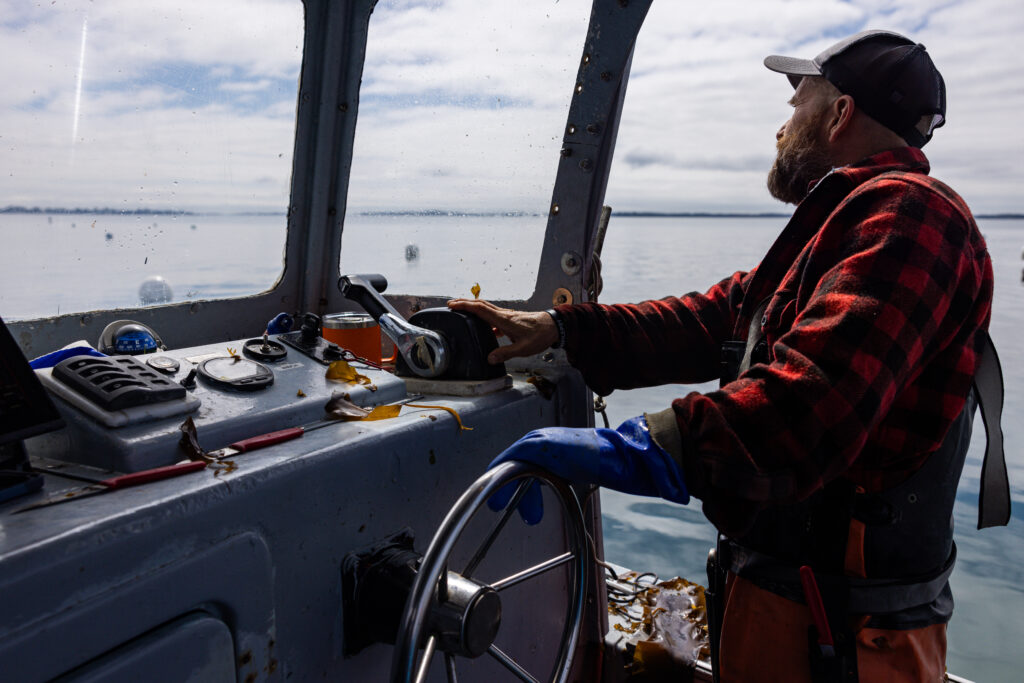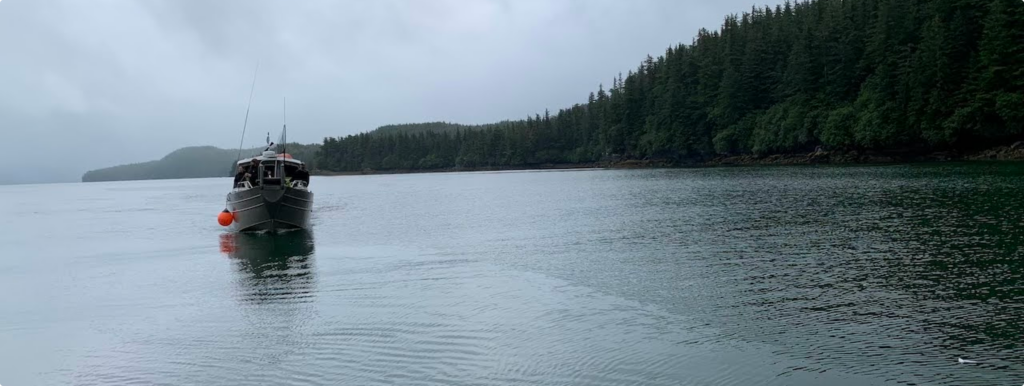Seed string
Back to: Plan for Growth
Finally, you’ll want to understand what your costs were to produce that kelp. Again, pull together any receipts and records you have lying around and add up your expenses.
-
-
Labor to outplant seed string
-
Labor to check on kelp throughout the season
-
Labor to harvest kelp
-
Water or tissue sampling required for harvest
-
Fuel costs to get to and from your farm, both by land and by sea
-
Any dockside costs associated with getting kelp off your boat
-
Labor and/or utilities to operate processing equipment, if applicable
-
Packaging, if applicable

Definition
Cost of Goods Sold (COGS)
The total amount of money you spent directly on production of your crop.
The sum of these costs is called your Cost of Goods Sold (often abbreviated COGS), and it represents the total amount of money you spent directly on the production of your crop. You can exclude purchases that are large, long-term investments — boat motors and anchors, for example — because these are considered assets of the business, rather than expenses. However, in an ideal world, you would include depreciation of these assets, as well as any costs to maintain or run them within a given season. You can also exclude costs of marketing and sales because those are expenses that aren’t necessarily correlated with the quantity or quality of kelp produced.
COGS is usually the largest expense a business has, and may include both variable and fixed costs. A variable expense is one that has a direct correlation with the amount of product sold. The more kelp you plant, the more seed string, labor, and packaging will be required to bring it to market.
Every COGS item won’t necessarily increase equally — for twice the amount of kelp you might double your packaging but only slightly increase the amount of fuel you use, for example. And there might be certain inflection points at which, thanks to economies of scale, you can change your process such that you recognize cost savings for a larger volume. However, after that one-time ‘reset’, increasing your production will cause your COGS to increase once again.
In contrast, fixed costs don’t change based on how much you produce. Processing facility space is a great example of a fixed cost: you pay a flat monthly rent regardless of how much product you move.
Definition
Variable vs. Fixed Costs
A variable expense is one that has a direct correlation with the amount of product sold. A fixed cost doesn’t change based on how much you produce.
A Note on Estimating

When calculating your Cost of Goods Sold — or doing any financial analysis, for that matter — it is much better to estimate an expense than to pretend that it doesn’t exist. In other words: zero is not a good estimate. While estimating some numbers may seem impossible at first, the task can be made more manageable by breaking it down into its component parts.
Take the example of fuel costs for your boat. Let’s say you know your farm is 2 miles from the dock, and you can usually get there and back about 10 times on a single tank of gas. If your gas tank is 40 gallons, that means you use 4 gallons of gas every time you visit your farm. If the cost of gas over the last season averaged $3.50 per gallon, that means that you spent $14 on gas each time you visited your farm.
Now, let’s say you didn’t keep track of every farm visit, but thinking back on it you’d guess that you visited about once per week from the first week in January through the end of May, which is 22 weeks. So, multiplying $14 x 22, we can estimate that you spent $308 on gas for farm maintenance, not including any extra you might have spent for the harvest itself.
Another common oversight is to not assign value to the labor of the business owner. While time spent on sales or business administration does not belong in COGS, it is important to assign some value to the labor associated with farm work — perhaps what you might pay someone else if you one day hired an employee — and to track the number of hours spent doing it. This will help ensure that you are developing a business that is physically and financially sustainable in the long term.